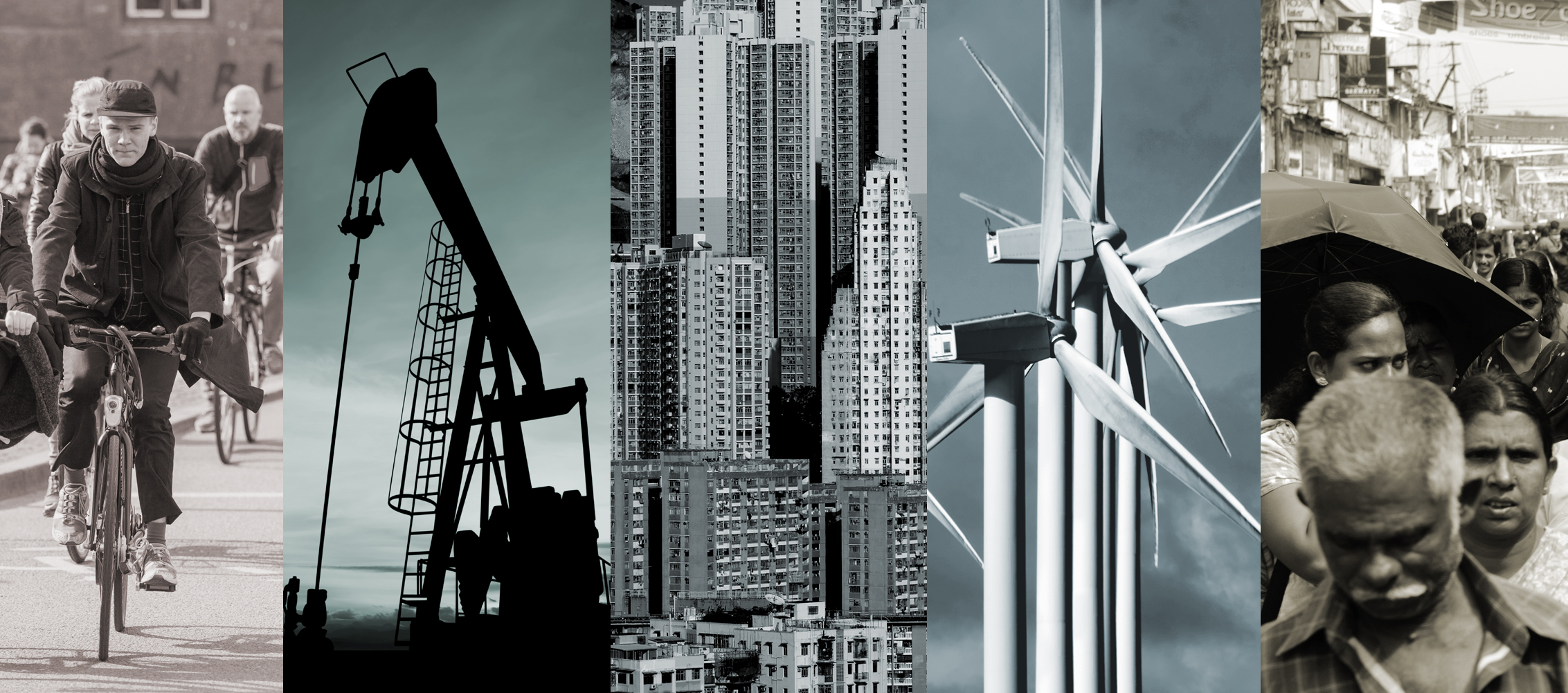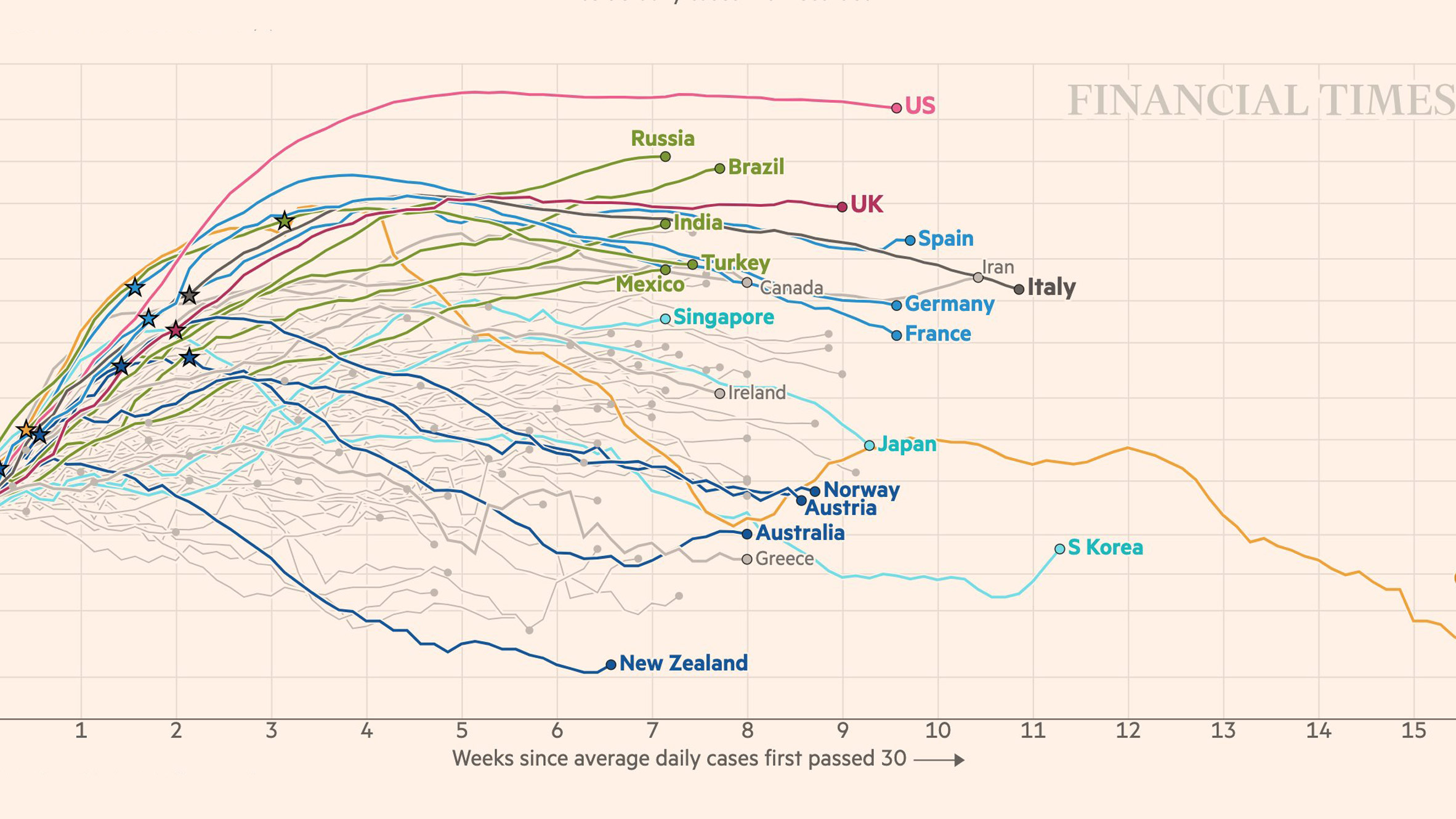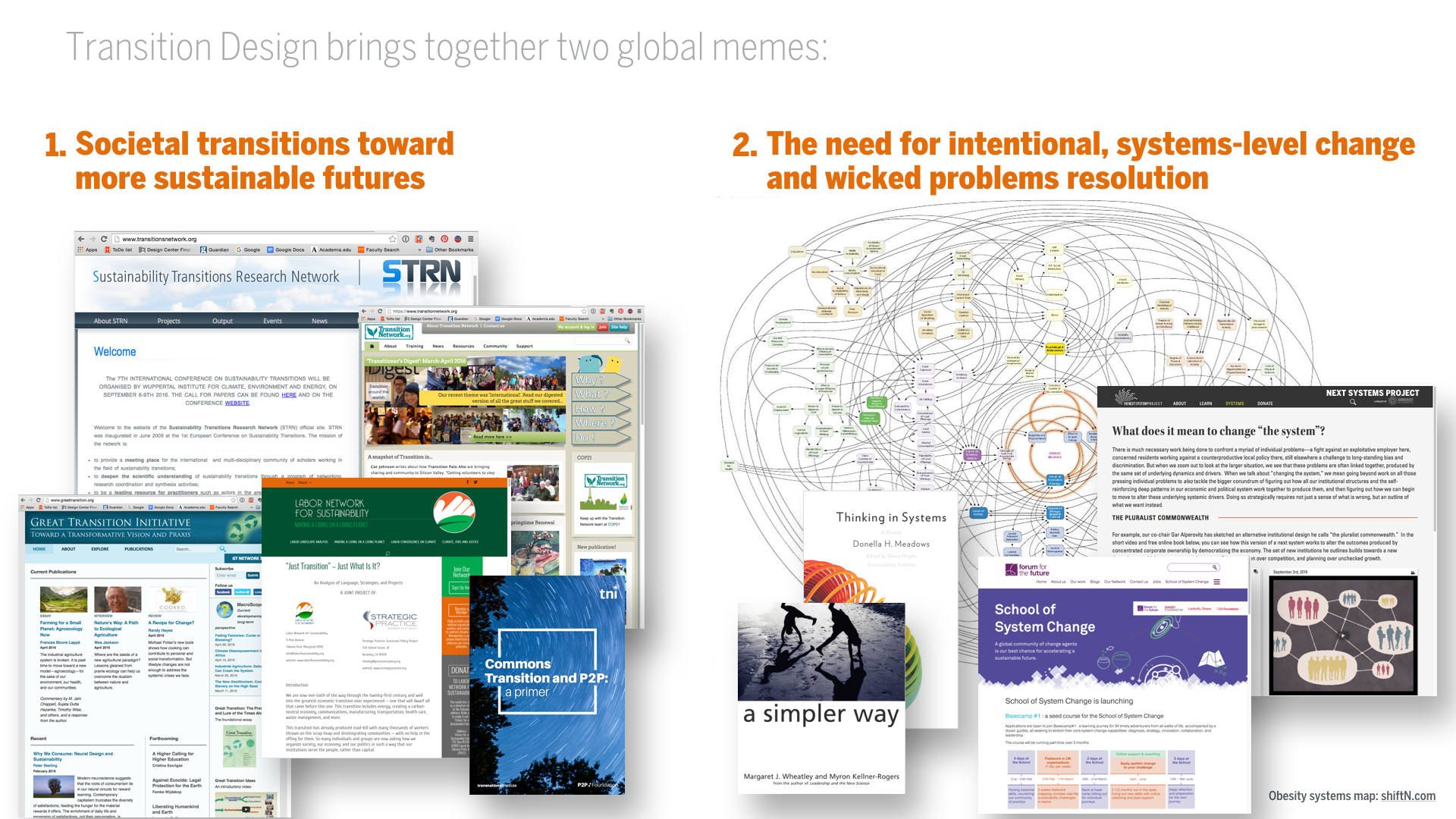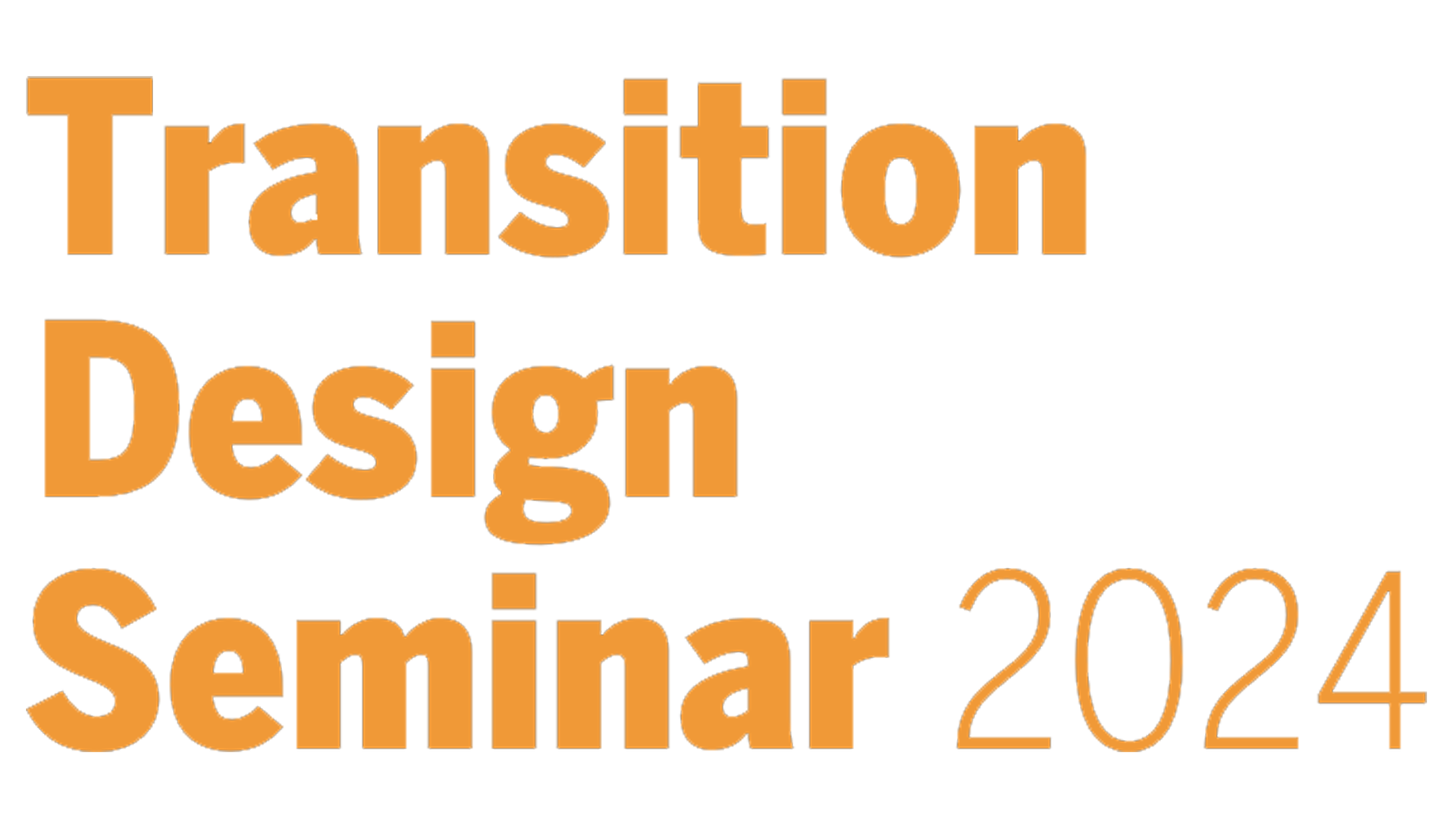Transition Design is a transdisciplinary approach aimed at addressing the many ‘wicked’ problems confronting 21st century societies: climate change, forced migration, political and social polarization, global pandemics, lack of access to affordable housing/healthcare/education and many others. These problems are interconnected, interdependent and always manifest in place and culture-specific ways. Transition Design argues that new knowledge and skill-sets are required to address these problems, and that their resolution is a strategy for igniting positive, systems-level change and societal transitions toward more sustainable, equitable and desirable long-term futures.

About Transition Design
Transition Design brings together two global memes. First, the idea that entire societies must transition toward more sustainable, equitable and desirable long-term futures and second, that these transitions will require intentional, systems-level change. We see evidence of these memes in the large number of transition-related initiatives springing up around the world, and the rise in the number of tools and knowledge sets aimed at understanding complex systems and systems problems.
Human societies (our communities, cities, organizations etc.) are always in transition. But these transitions have been largely unintentional, full of ‘drift,’ and we only understand their ramifications in hindsight— we call it history. Transition Design argues that the societal transitions we are currently in, are heading toward futures we don’t necessarily want. But, it also contends that we can intentionally shift our transition trajectories toward futures we do want.

The diagram above has become an archetypal example of transition trajectories. Countless diagrams like this one have emerged since 2019, that map the transition trajectories of countries during the spread of the pandemic. And, what we have learned is that small, intentional changes in the present (what Transition Design refers to as ‘systems interventions’) can radically shift a society’s transition trajectory and make a big difference in where it ends up in the future. Transition Design is an approach for intentionally shifting the transition trajectories of our communities, organizations and societies toward more sustainable, long-term futures. We call it an “approach” rather than a “process” because this work will require a variety of tools and methodologies, used in ways that are unique to both place and culture—no single, prescribed process would be effective in all circumstances. There is no simple, templatized way to solve a complex, wicked problem.
Wicked Problems as a Strategy for Catalyzing Transitions
In contrast to other systems-related approaches, Transitions Design focuses on wicked problem resolution as a strategy for seeding and catalyzing positive, systems- level change and societal transitions toward more sustainable, long-term futures. It is based upon 2 contentions:
-
- Wicked problems are at the root of many seemingly ‘simple’ problems: Transition Design argues that many of the problems we encounter at the level of our everyday lives (work, home, recreation, etc.) are actually symptoms of much bigger problems that are situated at higher levels of scale. And, these higher level, wicked problems are always connected to multiple other wicked problems. These ‘problem clusters’ in turn, are connected to myriad problems at lower systems levels. Transition Design argues that solving for higher-level, wicked problems will have a trickle down effect, solving for multiple problems simultaneously (many of which were not understood to be connected to the original problem in question.)
-
- Wicked problems must be framed within radically large, spatio-temporal contexts: Transition Design argues that wicked problems took decades or longer to become wicked and are likely to take decades to transition toward resolution. This is a timeline that extends from the distant past (to understand how the problem evolved) into the long-term future (what we want to transition toward). For this reason, wicked problems must be framed within radically large, spatio-temporal contexts that include the past, the present, and the future.
Thinking Contextually in Order to Understand Complex Systems
COMPLEX SYSTEMS: Social organizations, natural ecosystems and even wicked problems are all examples of complex systems that Transition Designers must design for and within. These systems are everywhere and their ubiquity is perhaps best explained by this old joke: Two fish bump into each other and one says to the other “how’s the water?” and the other replies “what water?”. Marshall McLuhan, in his book War and Peace in the Global Village, said “one thing fish know nothing about is water, since they have no anti-environment which would enable them to perceive the element they live in.”
Systems are so ubiquitous and our interactions with them so pervasive, we don’t really see them, and therefore don’t understand them very well. But, these unnoticed systems produce their own patterns of behavior over time, become entrenched and intractable, and are therefore unintentionally directing our societal transitions toward unsustainable futures. Transition Design is concerned with understanding the anatomy and dynamics within these ‘living systems’ (such as emergence, resilience, feedback, sensitivity to initial conditions, self organization and the dynamic/temporal relationship between ‘whole’ and ‘part’). These dynamics can often seem counter intuitive, but if understood, can be leveraged to seed, catalyze and direct systems-level change and solve for multiple problems simultaneously.
Transition Design is concerned with three kinds of systems: 1) living systems (the environment); 2) socio-technical systems (tangles of people, technology and the built world) and 3) wicked problems which are systems problems. Both socio-technical systems and wicked problems exhibit characteristics of living systems: they exist at multiple levels of scale, are interconnected and interdependent, are self-organizing, display emergent properties, and their dynamics are governed by feedback loops. Therefore changes in one area of a system, ramify throughout in unpredictable ways.
THINKING CONTEXTUALLY: Most problem solving approaches decontextualize problems in order to solve them more quickly, efficiently and profitably (small problem frames). Transition Design argues that wicked problems can only be addressed if they are highly contextualized (radically large problem frames). The radically large context for all wicked problems are our socio-technical-ecological systems.
It is extremely difficult to take a contextual approach to problem solving because decontextual thinking has been woven into all of the societal systems upon which we depend — educational, political, technological and economic. This has resulted in the ‘silo-ization’ (compartmentalization and fragmentation) of knowledge within the areas of research, education, governance and professional practice. This impedes the transdisciplinary collaboration required to address wicked problems and, as Gregory Bateson said, “to see the pattern that connects”. Transition design argues that we must learn to think holistically and focus on everyday life, temporality and place in order to understand and appraise the context for potential systems interventions.
The Transition Design Seminar and Website
The Transition Design Seminar is taught within the School of Design at Carnegie Mellon University and is a required course for students in the doctoral program in Transition Design and an elective course for masters and undergraduate students enrolled at CMU; unfortunately we cannot accept outside participants into this course.
The seminar has both a theoretical and applied component. The Transition Design Framework brings together knowledge and skill-sets from many different disciplines within four co-evolving and mutually influencing areas; mindset and posture; vision; theories of change and new ways of designing. The 5 assignments in the applied component draw on the theoretical material to hypothetically address a range of interconnected Pittsburgh-based wicked problems
This syllabus is also intended as an open-source website for external educators, researchers and practitioners. Launched in 2015 at the School of Design, Transition Design is now being integrated into coursework, programs and research strands in more than 20 universities around the world. In 2022, the university will launch a Transition Design Institute that will offer executive education in Transition Design and support partners wishing to adopt the approach and contribute to a growing body of knowledge in the area.
This website contains lesson plans, readings, videos and resources relevant to the seminar in particular and Transition Design in general. To be placed in the Transition Design database to be notified of events and conferences, please email: tirwin@andrew.cmu.edu. If you are an outside educator who would like to access some of the readings behind this university’s firewall, please contact Gideon Kossoff for access: gkossoff@andrew.cmu.edu.

Transition Design brings together two global memes: first the idea that entire societies must transition toward more sustainable futures and second, that this will require intentional, systems-level change.
